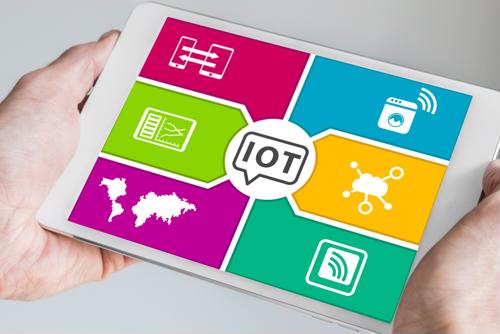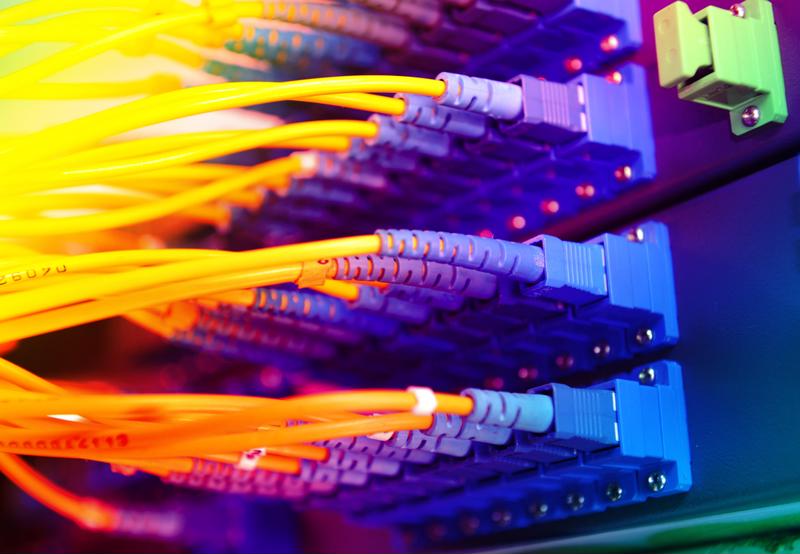
Connectivity considerations abound for IoT-aspirant companies
By Max BurkhalterOctober 29, 2018
The internet of things delivers a great deal of promise to today's companies - coupled with the distinct risk that data will prove unmanageable, at least initially. The amount and complexity of information associated with the IoT will inevitably put previously unimaginable amounts of pressure on servers and networking infrastructure. Therefore, the main feature of the IoT - its sheer amount and breadth of data - is also its primary drawback and challenge.
Companies of all kinds are likely imagining the great impact IoT devices can have on their operations. Whether they're planning to collect new and detailed readings from their customers or planning a more connected and data-rich setup on a factory floor, these organizations are making big plans. To get from today's Point A to a more developed Point B, however, leaders will have to ensure their infrastructure can handle the strain. The next step is a big one.
Essential checklist items
A recent TechRadar overview, contributed by Eseye CTO Ian Marsden, focused on the questions IT leaders must ask themselves to make their respective journeys into the IoT as painless and effective as possible. For instance, companies need to figure out their best way to keep multiple devices connected to one another. Setting up wireless networks or using cellular data are two of the options, each with their own connectivity challenges, especially when organizations envision far-reaching networks that encompass large amounts of geographic space.
Businesses have to balance the strategic objectives of their new connectivity plans with the more practical elements, such as estimating the costs of downtime. Organizations that run up against their data limitations can end up taking budgetary hits to get everything functioning again. Marsden pointed out the importance of thinking about potential downtime and the costs thereof at the beginning of a deployment. Cost-cutting in the early stages of tech transformation can lead to long-term expenses.
When dealing with the IoT at any scale, companies need to consider storage and analysis of information, along with its initial connection and transmission. According to Marsden, this involves making choices between cloud-based and in-house servers. The former offers more flexibility in the short term, but the demand for scalability over the next few years will be intense. Now or later, companies are likely cloud-bound.

What form will data demands take in the impending IoT age?
Data center demands
Network World recently zoomed in on the potential data center impact of the IoT. A period of relatively unclear but absolutely essential evolution has begun within data centers, as organizational leaders attempt to find enough capacity to hold and use all the new input they're seeing. Interexion Managing Director Andrew Fray told Network World connectivity is the main difference between past and future capability demands. Data centers will need to have connections that suit their needs, whether that means high-volume connections or options with greater latency that send data to long-term storage.
Gartner's Mark Hung explained to network World, there will also be new leadership challenges in data centers. Companies will gave to embrace complex new applications that deal with large amounts of data from IoT deployments, making that information intelligible and useful. The challenge of managing the data is great, and targets are constantly moving. As of now, there aren't established best practices for working with IoT data, as Hung noted that every relevant technology remains in its early stages.
Whether companies operate their own data centers, embrace the cloud or work with colocation providers, they'll have to consider a few new concepts in the years ahead. They will need a secure and accessible storage option for the new content flowing in, as well as reliable connections to get that content where it's going.
New hardware purchases
The cross-industry pressure to use more data in a more accessible way will be pressing over the next few years. Check out the various clients Perle has helped with network infrastructure deployments - these examples cross between sectors and encompass all types of businesses. Essential hardware such as industrial Ethernet switches and Ethernet extenders can keep data moving smoothly.



